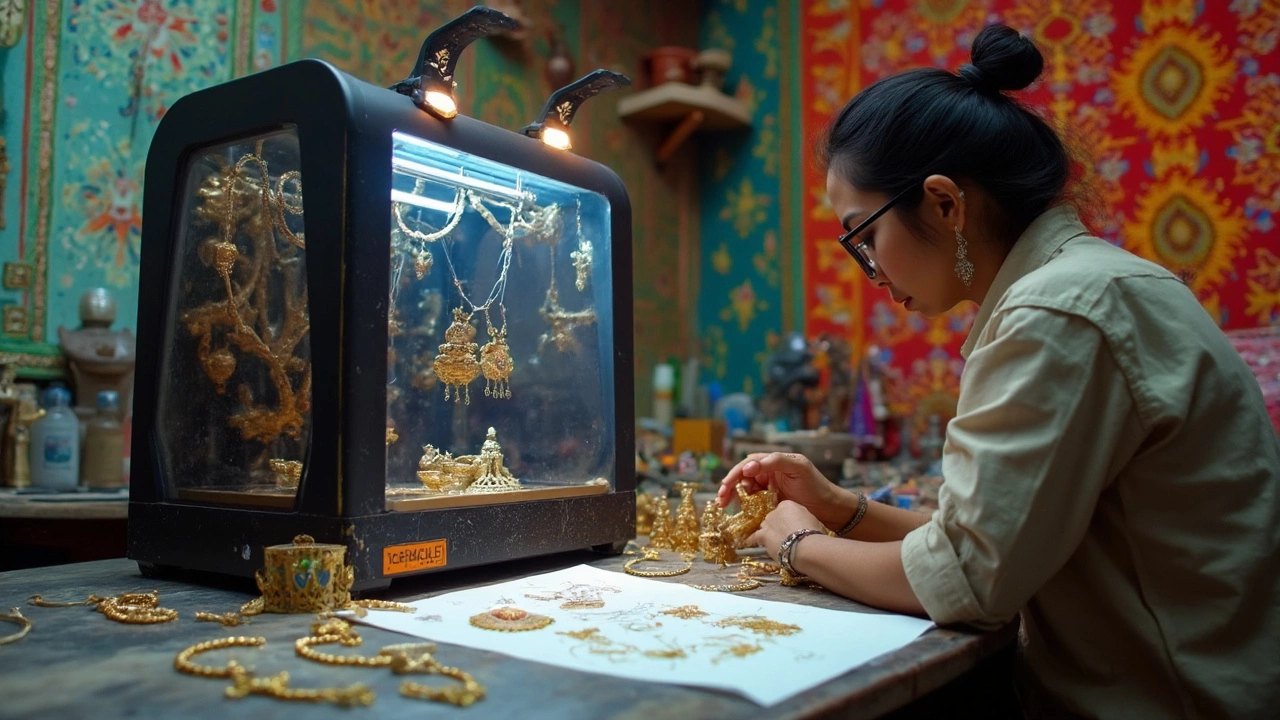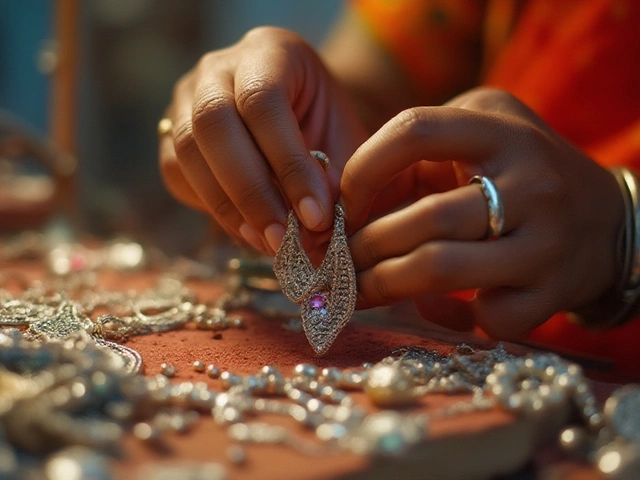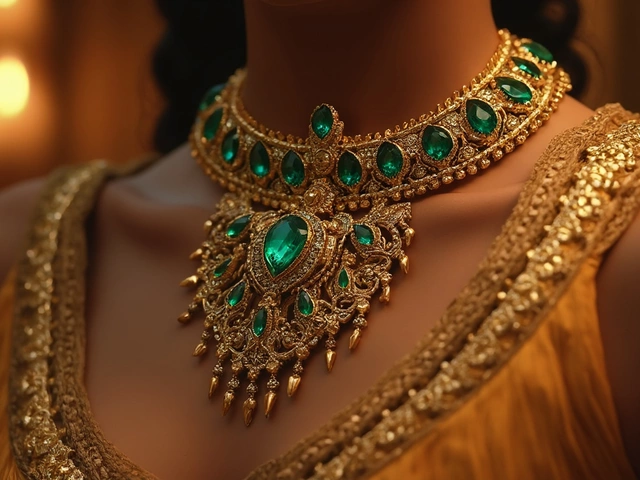3D Printing Metals – The New Wave in Jewellery Making
Ever wondered how a tiny digital file can turn into a solid gold ring in a few hours? That’s the magic of 3D printing metals. Instead of carving, casting, or hand‑filing, jewelers now feed a design straight into a printer and watch metal layer by layer build up. It sounds futuristic, but it’s already in many workshops, including ours at RH Jewellers India.
Metal 3D printing, also called additive manufacturing, works by fusing fine metal powders with a laser or electron beam. The process is precise, waste‑free, and can handle complex shapes that would be impossible with traditional molds. Think of intricate lattice work, hidden hinges, or personalized engravings that flow right through the piece – all done without extra tooling.
Why 3D Printing Metals Matters for Jewellery
First off, speed. A design that used to take weeks to prototype can now be ready for a client in days. This means you get fresh styles faster, and seasonal trends don’t have to wait for a long production cycle.
Second, customization. Because each piece is built from a digital file, changing the size, adding a name, or swapping a gemstone setting is as easy as editing a file. No need to order a whole new set of molds – you just tweak the CAD model and print.
Third, material efficiency. Traditional casting can waste up to 40‑50% of the precious metal, especially with complex designs. Metal 3D printing uses just enough powder for the part, so you keep more gold or silver in your wallet.
Finally, design freedom. Think of designs that look like they were carved from a single block but are actually a network of tiny walls. These structures are lighter, more comfortable, and still feel luxurious. That’s a win for anyone who wants a statement piece without the extra heft.
Practical Tips When Buying 3D‑Printed Metal Jewellery
1. Check the Hallmark. Even if the piece is 3D‑printed, the metal still needs to be certified. Look for BIS or other reputable marks that confirm purity – 925 for silver, 916 for gold, etc.
2. Ask About the Process. Reputable sellers will tell you whether they used Direct Metal Laser Sintering (DMLS) or Selective Laser Melting (SLM). Both produce high‑quality parts, but DMLS is often used for finer details.
3. Feel the Weight. 3D‑printed items can be lighter because of the internal lattice structures. If a piece feels too light for its size, ask if it’s hollow or has a core. That’s not a flaw – it’s a design choice.
4. Know the Finish. After printing, most jewellery gets polished, coated, or even plated. Make sure you understand whether the gold you see is solid or a thin plating over a stainless core.
5. Look for Warranty. Good shops stand behind their work. A warranty that covers coating wear or structural integrity shows confidence in the printed piece.
At RH Jewellers India, we blend traditional craftsmanship with modern 3D printing to bring you pieces that are both timeless and cutting‑edge. Whether you’re after a custom mangalsutra, a bold statement ring, or a subtle nose stud, we can prototype it fast, test it for comfort, and deliver a finished product that meets strict Indian hallmark standards.
So next time you see a sleek, intricate design, ask yourself: was this cast the old way or printed layer by layer? Either way, the result is a piece that reflects today’s technology and tomorrow’s style – all without compromising on the quality you expect from RH Jewellers.
3D Printing Limitations: Metals That Miss the Mark
While 3D printing opens new avenues in jewelry making, not all metals are compatible with this innovative process. Key metals like lead, tin, and some precious metals pose challenges due to their properties. Learn about these limitations and explore the reasons behind them. This insight helps you make informed decisions when selecting materials for your next jewelry project.





